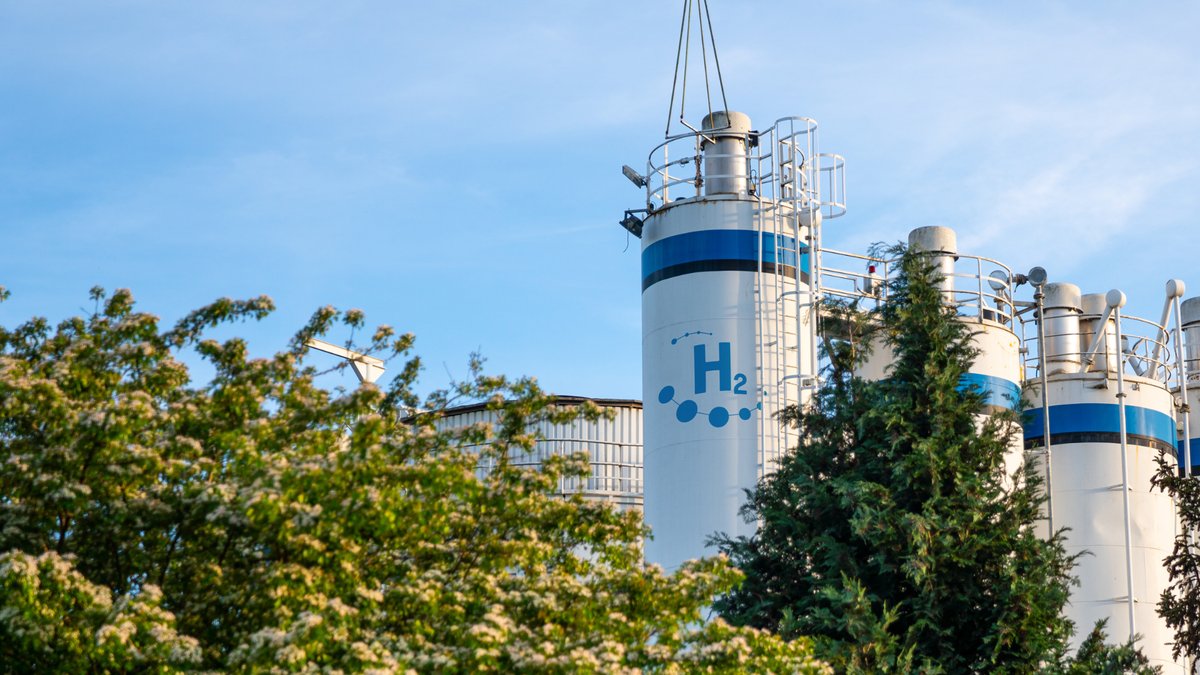Green Hydrogen: Is 2025 the Year of Commercial Scale?

Being in its early stages, green hydrogen, is gaining attention as a sustainable fuel alternative. As we already welcomed 2025, there is growing interest in whether the technology will reach widespread commercial adoption. With continued investment and technological advancements, it could play a key role in the future of renewable energy.
Current Status of Green Hydrogen Adoption
In the United States, 67 green hydrogen projects are set to receive $26 billion in investment by 2025, with Texas, Louisiana, California, and Wyoming leading the charge. (Airswift.com)
Applications in Transportation
Green hydrogen is becoming a key solution for decarbonizing the heavy-duty transportation sector, including trucks, ships, and trains. California recently launched America’s first hydrogen-powered passenger train, a zero-emission unit using a hybrid hydrogen fuel cell and battery system.
Applications in Heavy Manufacturing
In steel production, companies like Cleveland-Cliffs are exploring green hydrogen, though the higher costs have been a challenge. The company is considering the abandonment of a $500 million federal grant aimed at producing low-carbon steel due to the automotive sector’s reluctance to pay the premium for green steel.
Challenges and Considerations
Despite its promise, green hydrogen faces high initial costs, technological challenges, and economic barriers. Green hydrogen production costs remain higher than more established renewable sources like wind and solar. (Airproducts.com)
Looking Ahead
The U.S. green hydrogen market, valued at $133.59 million in 2023, is projected to grow to $355 million by 2032, at a rate of 9.3% annually. (Airswift.com)
